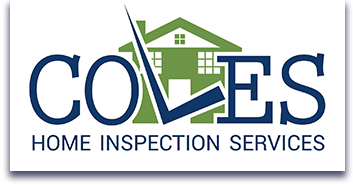Various factors negatively impact indoor air quality. Mold, VOCs, and carbon monoxide are only a few. Understand the importance of clean air and how it affects your health. Learning about air quality in your home helps you know what steps to take for healthier indoor air.
How Mold Impacts Indoor Air Quality
Mold in the home can lead to congestion, wheezing, and itchy skin and eyes. People with asthma and allergies may experience shortness of breath, and headaches. In your home, mold will thrive in damp spaces near leaks, bathrooms that are not ventilated properly, and areas that have flooded.
To prevent mold growth, control the humidity levels in your home, clean up wet areas quickly, repair leaks, and monitor the ventilation system. If you suspect mold or are experiencing unexplained symptoms at home, hire a professional to conduct a mold test.
If mold is detected, hire a remediation specialist. Attempting to tackle the problem on your own can be dangerous. Professionals will have the proper knowledge and tools needed to make sure the job is done correctly.
Understanding VOCs
Volatile Organic Compounds (VOCs) are in most homes and impact air quality. VOCs are found in many products and will build up in your home over time. Common sources of VOCs include paints, cleaning supplies, air fresheners, automotive products, dry cleaned clothes, and building materials.
Side effects of exposure to VOCs include eye, nose, and throat irritation, headaches, fatigue, nausea, liver and kidney damage, and cancer.
To avoid exposure, choose low-VOC products. Stop using chemical cleaning supplies and instead make your own cleaners with baking soda or vinegar. Baking soda is abrasive, deodorizes, and can help to prevent mold. Vinegar is very acidic and can easily cut through the build-up while killing germs.
Carbon Monoxide Affects Indoor Air Quality
Carbon monoxide, an odorless, colorless gas, is another contaminant that affects the air in your home. Side effects of exposure include headache, weakness, dizziness, shortness of breath, nausea, blurry vision, unconsciousness, and even death. Common sources of carbon monoxide in the home include gas-burning appliances like clothes dryers, water heaters, and ovens. Fireplaces and wood-burning stoves may also be a carbon monoxide risk if they aren’t ventilated properly.
To prevent carbon monoxide poisoning, purchase and maintain carbon monoxide detectors and schedule regular maintenance for your furnace and gas-powered appliances.
To better understand the contaminants in your home’s air, hire a professional to conduct an air quality test. A professional can detect issues and recommend ways to rectify them.
Cole’s Inspection Services provides inspection services, including mold testing, to Statesville and the surrounding area in North Carolina. Contact us to schedule an appointment.

